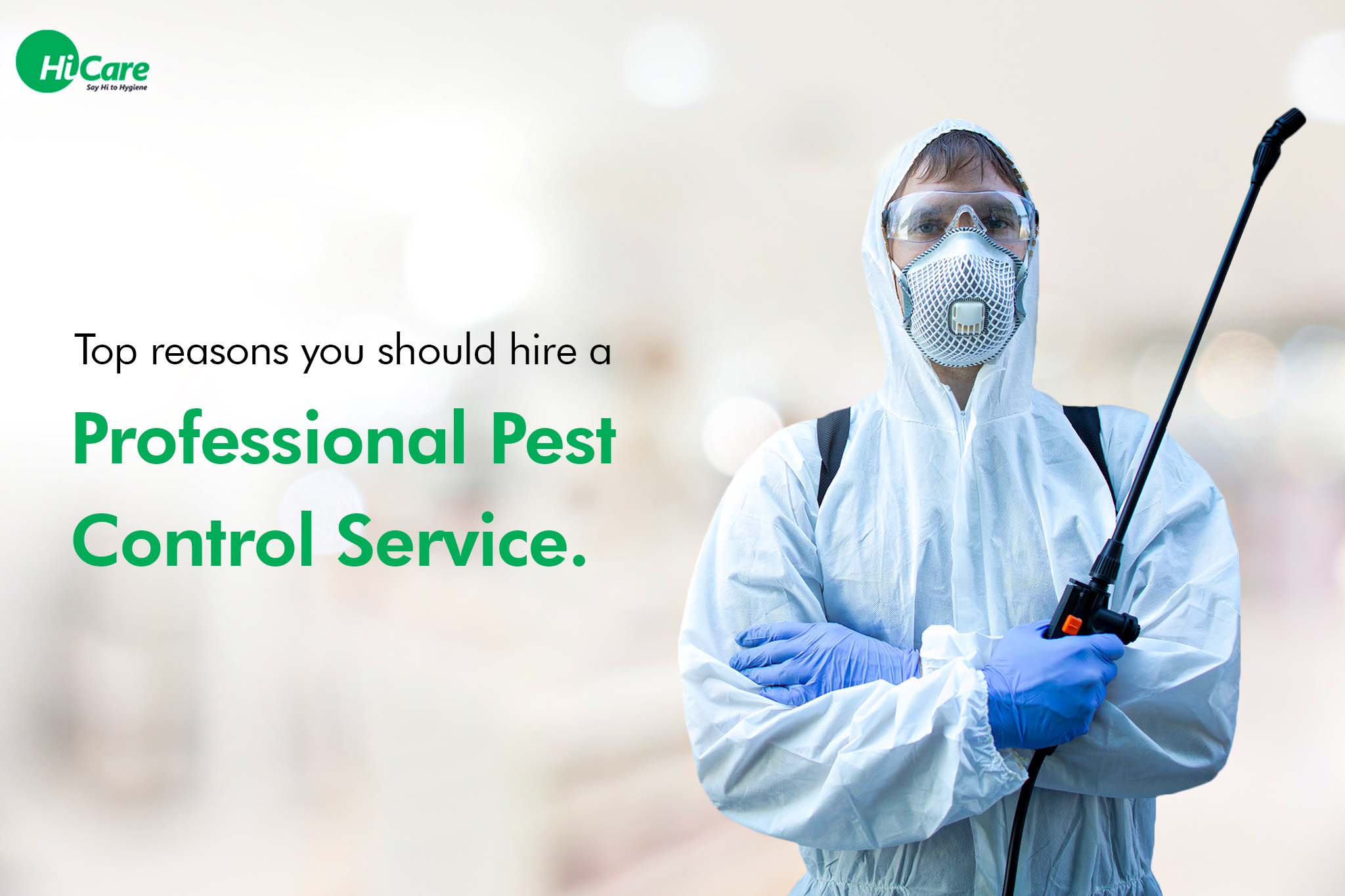Professional A1 Charlotte Bed Bug Exterminator - Quality Service Guaranteed
Bed Pest Treatment Malfunction: Contrasting Chemical Vs. Non-Chemical Solutions
In the realm of bug control, particularly when taking care of the relentless issue of bed pests, the option in between chemical and non-chemical therapy solutions can be a critical one. Both techniques supply distinct advantages and disadvantages, affecting variables such as efficiency, safety considerations, and total cost. By examining the nuanced information of each method, a clearer understanding of which path to go after in attending to a bed insect problem can be acquired.
Performance of Chemical Treatments
Chemical treatments for bed insect problems have been widely identified for their quick and powerful efficiency in getting rid of these parasites. When thinking about the efficiency of chemical treatments, it is vital to understand that they can give a comprehensive and fast service to a bed pest trouble. Expert pest control specialists commonly count on pesticides to target bed insects at various stages of their life process, including fairies, adults, and eggs. These chemicals generally work by disrupting the bed bugs' worried system, bring about paralysis and ultimate death.
In addition, chemical treatments have the advantage of using residual results, indicating that they can remain to eliminate bed bugs even after the first application. This recurring action is especially helpful in combating any potential re-infestations. Furthermore, the quick action of chemical treatments can bring relief to individuals facing serious bed pest problems, allowing them to regain control of their space promptly.
Safety And Security Worries With Chemical Solutions
One crucial aspect that calls for cautious factor to consider when making use of chemical options for bed insect therapy is making certain the safety and security of residents and the environment. Exposure to certain chemicals made use of in bed insect treatments can lead to respiratory system issues, skin irritability, or various other negative reactions, particularly in people with pre-existing conditions or level of sensitivities.
Moreover, the ecological impact of chemical options is one more substantial consideration. Some chemicals used in bed bug therapies might be unsafe to advantageous pests, wild animals, and communities if they seep into the dirt or water systems. It is important to utilize chemical therapies sensibly, following safety and security guidelines, and considering less hazardous choices to reduce these threats and make sure the efficient and risk-free management of bed bug invasions.
Benefits of Non-Chemical Approaches
Considering the potential security issues and environmental effect connected with chemical services for bed pest therapy, exploring non-chemical strategies offers an appealing alternative with a number of distinctive benefits. Non-chemical approaches provide a much safer option for houses, particularly those with family pets, people, or kids conscious severe chemicals. These strategies get rid of the risks of exposure to poisonous materials, decreasing the potential for adverse wellness results. Moreover, non-chemical carpenter ant extermination therapies are eco-friendly, as they do not add to air or water contamination, making them a lasting choice for bug control.
Additionally, non-chemical remedies can be effective in targeting bed insects, consisting of hard-to-reach areas where chemical therapies may not pass through. Approaches such as warmth treatment, vacuuming, vapor cleaning, and cushion encasements offer comprehensive removal without using hazardous chemicals. Moreover, non-chemical strategies can be less turbulent, requiring very little preparation and permitting quicker reentry into dealt with locations. Overall, going with non-chemical bed insect therapy methods not just focuses on security and ecological protection however additionally ensures reliable and thorough parasite control.
Limitations of Non-Chemical Treatments

Furthermore, non-chemical therapies frequently need numerous applications to attain successful obliteration. This best rodent control company can be time-consuming and may not constantly assure full removal of all bed bugs and their eggs, particularly in covert or hard-to-reach areas.
In her comment is here addition, the success of non-chemical treatments heavily depends on appropriate execution and thoroughness, which can be testing for people without specialist knowledge. Inadequate application of non-chemical techniques may lead to incomplete elimination, causing relentless problems and the demand for added therapies.
Consequently, while non-chemical therapies have their benefits, it is crucial to acknowledge these limitations and consider them when figuring out one of the most reliable technique for handling bed insect invasions.
Expense Comparison: Chemical Vs. Non-Chemical Options
Given the constraints associated with non-chemical treatments, a vital facet to examine in the context of bed pest monitoring is the cost contrast between chemical and non-chemical alternatives. In contrast, non-chemical therapies like warmth treatment or vapor can be a lot more expensive, with prices ranging from $1,000 to $6,000 for an entire home. While the initial expense of chemical therapies might seem reduced, multiple therapies may be needed to totally eradicate the invasion, potentially raising the general price.
Final Thought

Taking into consideration the possible safety worries and ecological influence associated with chemical options for bed pest treatment, discovering non-chemical methods offers an appealing alternative with several distinctive advantages.Given the constraints connected with non-chemical therapies, a necessary facet to assess in the context of bed pest administration is the price contrast in between chemical and non-chemical options. In contrast, non-chemical treatments like heat treatment or steam can be a lot more expensive, with prices ranging from $1,000 to $6,000 for a whole home. While the initial cost of chemical therapies might seem reduced, multiple treatments may be needed to totally eradicate the infestation, potentially boosting the general expense.In verdict, when contrasting chemical and non-chemical bed bug therapy alternatives, it is important to think about efficiency, security, benefits, restrictions, and expense.